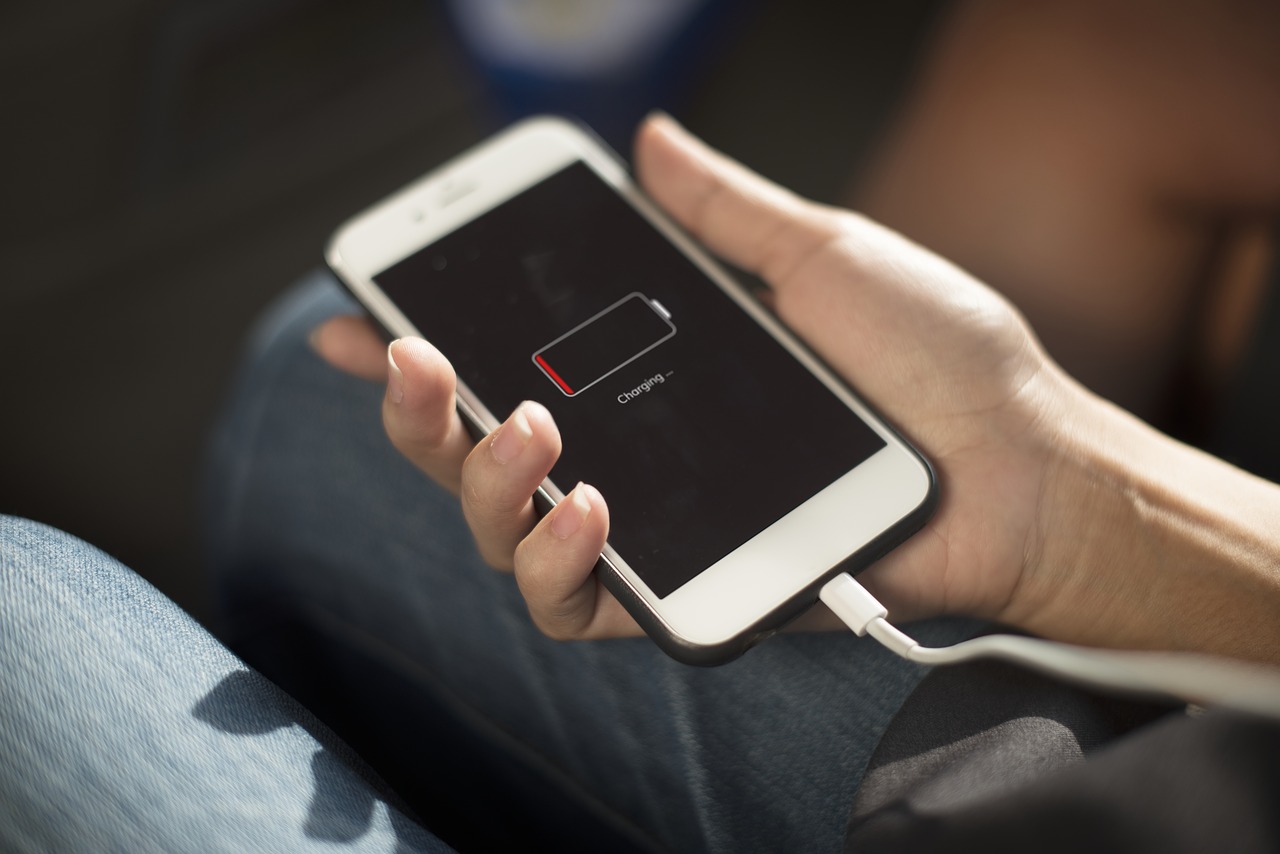Scientists may have shed some light on why batteries fail and blow up. Images of dendrites – growths that look like fingers – show that they are able to penetrate the barrier separating battery compartments.
These dendrites block the ability of batteries to store more energy, becoming a hindrance for battery-operated things like electric cars and cellphones to work longer, Tech Times reports.
Researchers took a closer look at the inner workings of batteries using cryo-EM – cryo-electron microscopy – a process wherein beams of electrons are focused on frozen proteins and “biological machines” in order to examine the structure of their molecules at a closer range.
Stu Borman of Chemical & Engineering News said,
A beam of electrons is sent through a biomolecular sample that has been frozen, typically with liquid ethane. Electron beams physically damage biomolecules, but freezing them, the ‘cryo’ part of cryo-EM, protects them from electron damage and prevents them from getting dehydrated in the electron microscope’s vacuum chamber.
Cryo-EM was a technique developed by Jacques Dubochet, Joachim Frank and Richard Henderson, who won the 2017 Nobel Prize in Chemistry for it.
The images produced showed that lithium metal dendrites are six-sided crystals and not the irregular shapes revealed in earlier electron microscope shots. By examining this level of detail, scientists now have a better understanding of how batteries and their parts work together. They can also better tell why high-energy batteries that are in everyday items fail.
Yuzhang Li, from the Department of Materials Science and Engineering at Stanford University, along with colleagues, used a cryo-EM instrument to scrutinize lithium metal dendrites that had been exposed to different electrolytes. They also took a look at the metal part of the dendrites, as well as the solid electrolyte interphase coating. This SEI coating forms on metal electrodes when a battery charges and discharges. Controlling this is important in order for batteries to operate properly.
The images showed that the crystalline dendrites grow in specific directions, and the crystal structure remains intact. They looked at how electrons bounced off atoms in these dendrites, and added a chemical to boost battery performance. When they did, the atomic structure of the SEI coating appeared more orderly, which explains how the chemical works.
The study was published in the journal Science.
























